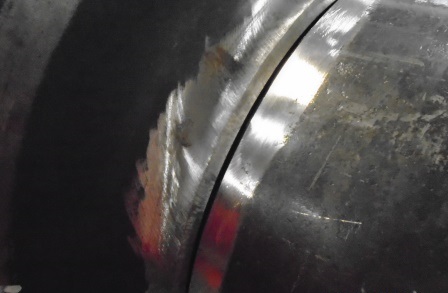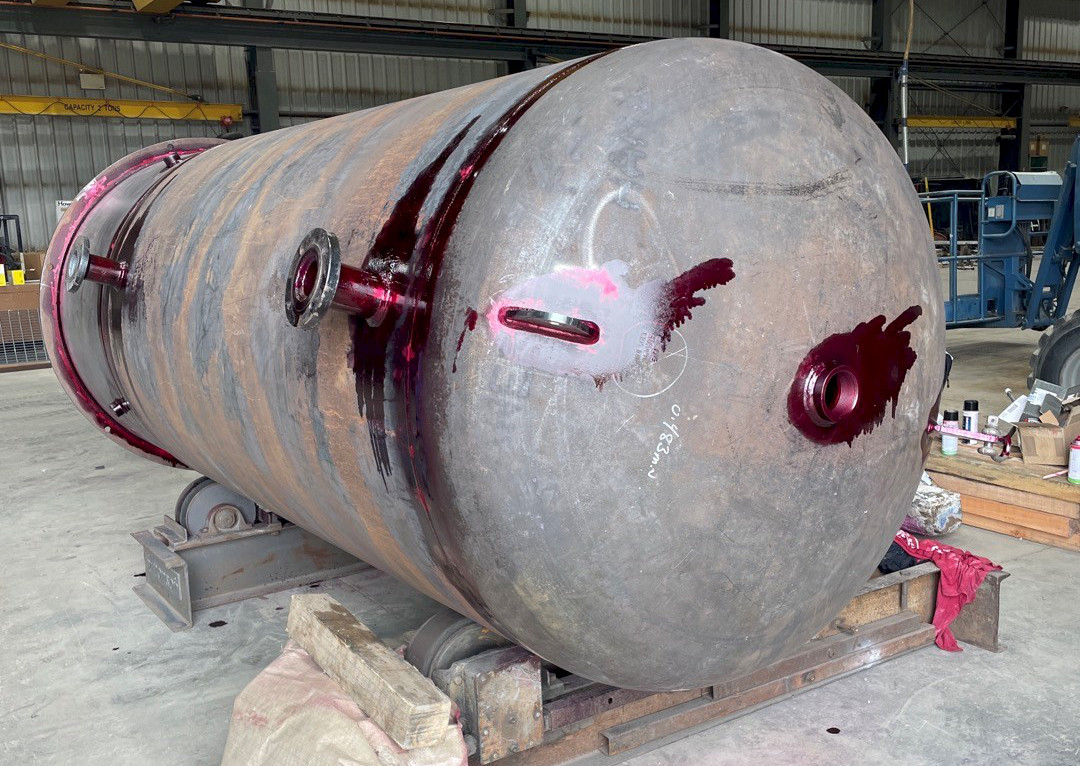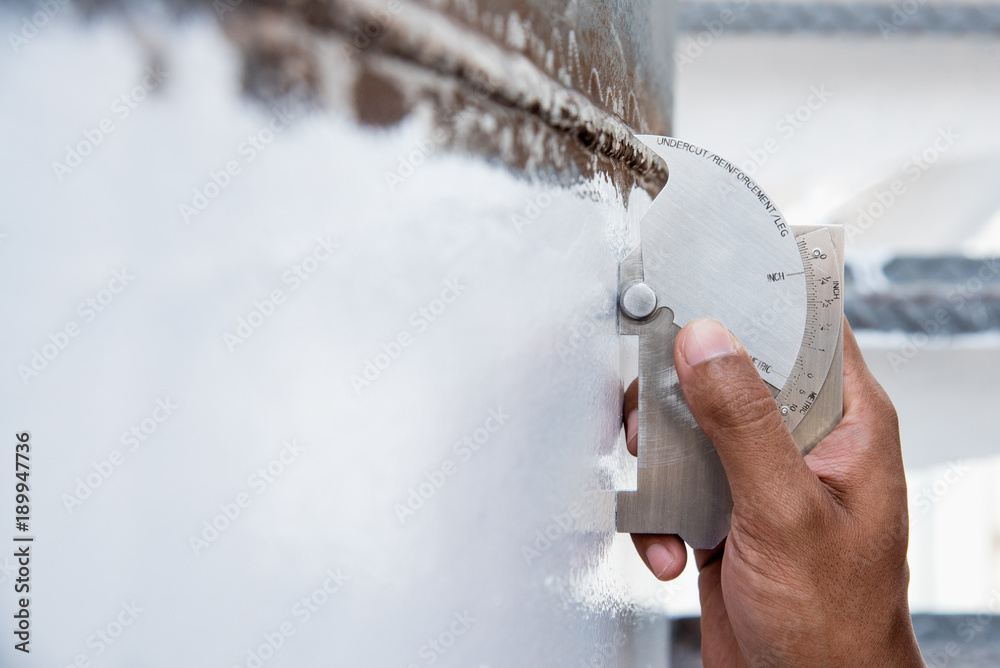Tank Welding Inspection: Ensuring Long-Term Longevity and Security
Tank Welding Inspection: Ensuring Long-Term Longevity and Security
Blog Article
An In-depth Summary of Tank Welding Examination Requirements and Methodologies for Improved Weld High Quality and Performance
The value of welding assessment criteria in the manufacturing of tanks can not be overemphasized, as they serve as the foundation for making sure weld stability and functional dependability. Various examination methods, consisting of aesthetic assessments and progressed non-destructive testing approaches, are vital in identifying possible defects that can jeopardize efficiency. Sticking to regulatory criteria not only improves weld quality however additionally reduces the threat of costly failures. As we discover the nuances of these methods, it becomes necessary to consider exactly how an organized method can reinvent current methods and bring about substantial enhancements in end results.
Significance of Welding Examination Criteria

Welding assessment requirements encompass an array of standards, including material requirements, welding treatments, and qualifications of workers involved in the welding procedure. By implementing these standards, companies can systematically identify and remedy prospective defects, consequently decreasing the likelihood of expensive repair work or tragic failures. Strenuous evaluation techniques foster a society of accountability and accuracy, encouraging welders to preserve high degrees of craftsmanship.

Usual Welding Assessment Strategies


Ultrasonic Examining (UT) is an additional widespread method, using high-frequency sound waves to spot interior flaws that may not show up externally. This method is specifically effective for recognizing spaces or incorporations within the weld metal. Magnetic Fragment Checking (MT) is also widely made use of, specifically for ferromagnetic materials, as it discloses surface and near-surface problems with the application of electromagnetic fields and ferrous bits.
In Addition, Fluid Penetrant Testing (PT) detects surface-breaking flaws by applying a penetrant to the weld and afterwards utilizing a designer to extract the penetrant. Each of these techniques adds to a thorough evaluation method, making certain that welds satisfy the stringent top quality requirements called for in storage tank construction.
Governing Criteria and Conformity
Regulative criteria and compliance are essential elements in ensuring the security and reliability of bonded structures in storage tank building and construction - Tank Welding Inspection. These requirements offer to establish minimum needs for material properties, welding treatments, and examination techniques, therefore lowering view it the threat of architectural failings and improving total efficiency
Key companies, such as the American Culture of Mechanical Engineers (ASME) and the American Welding Society (AWS), give guidelines that are commonly embraced in the sector. Compliance with these criteria not only guarantees adherence to ideal look at here now practices however also meets lawful and legal responsibilities, securing the passions of stakeholders.
Regulatory bodies typically mandate adherence to details codes, such as ASME Code Section IX for welding qualifications and API 650 for welded storage tanks. These codes lay out requirements for welding techniques, certifications of workers, and screening approaches to validate weld integrity.
Regular audits and evaluations are important to keeping conformity, as they aid recognize deviations from established standards. Non-compliance can result in significant penalties, project delays, and safety hazards. Thus, a durable understanding of governing requirements and a commitment to conformity are paramount in accomplishing top notch and sturdy welded tank frameworks.
Non-Destructive Evaluating Methods
How can the integrity of bonded frameworks be guaranteed without triggering damage? Non-destructive testing (NDT) approaches supply a durable option, allowing inspectors to evaluate weld top quality without endangering the product - Tank Welding Inspection. Among the most usual NDT methods are ultrasonic testing (UT), radiographic testing (RT), magnetic fragment screening (MT), and dye penetrant testing (PT)
Radiographic screening involves passing X-rays or gamma rays via the weld, producing photos that expose architectural problems such as cracks or spaces. This technique is vital for assessing the honesty of complicated welds.
Magnetic fragment screening is suited for ferromagnetic products, where electromagnetic fields disclose surface area and near-surface interruptions. Dye penetrant testing makes use of a liquid color to highlight surface-breaking flaws, making it an efficient approach for non-porous materials.
Each of these NDT approaches has distinct advantages, enabling extensive analyses customized to particular products and welding procedures. By executing these methods, sectors can guarantee the dependability and safety and security of welded structures, inevitably enhancing general efficiency.
Enhancing Weld Top Quality Through Evaluation
Reliable examination plays an essential duty in improving weld quality, working as a crucial checkpoint in the construction procedure. By identifying prospective flaws early, assessments reduce the danger of jeopardized structural integrity and guarantee compliance with market criteria. Utilizing a combination of aesthetic exams, non-destructive Web Site screening (NDT) methods, and mechanical analyses, inspectors can find concerns such as porosity, cracks, and insufficient fusion.
Applying a durable examination method not just improves the general quality of welds however also promotes a society of accountability among welders and makers. Normal training and qualification of examination employees make sure that they are furnished with the needed skills to recognize and address possible issues successfully. This positive approach minimizes rework and linked expenses, eventually contributing to predict effectiveness.
In addition, comprehensive paperwork of assessment searchings for supplies important understandings right into recurring issues, facilitating continual enhancement in welding practices. By leveraging innovative innovations, such as automated ultrasonic screening or electronic radiography, weld top quality can be boosted via more specific examinations. Finally, a strenuous inspection process is essential in accomplishing high-quality welds, making certain security, integrity, and long life in storage tank fabrication.
Verdict
To conclude, the execution of extensive container welding examination requirements and methods is important for guaranteeing weld integrity and performance. By utilizing a mix of aesthetic assessments, non-destructive screening techniques, and adherence to regulatory standards, companies can properly identify and alleviate possible problems. Promoting a society of accountability among welders additionally boosts the high quality of welding processes. Ultimately, these techniques contribute to minimized structural failings, reduced fixing costs, and improved operational performance within the sector.
Report this page